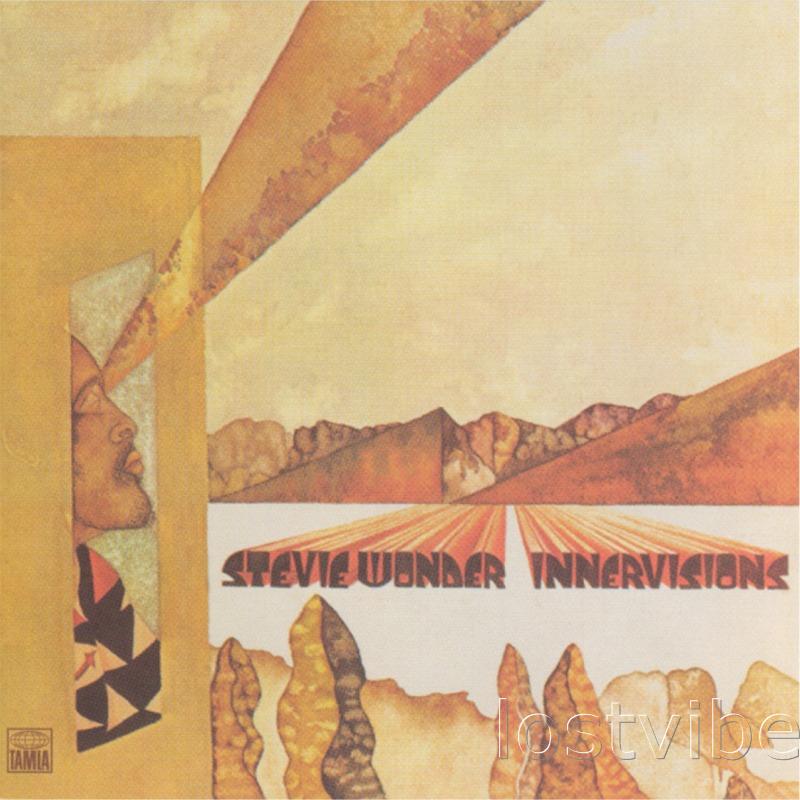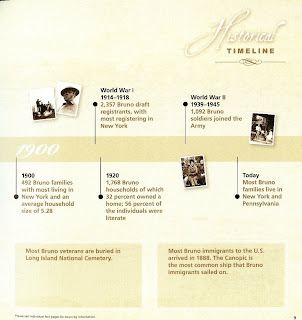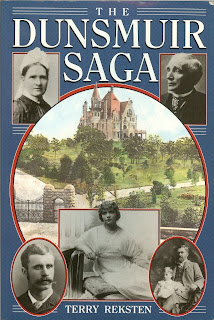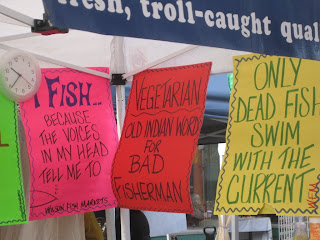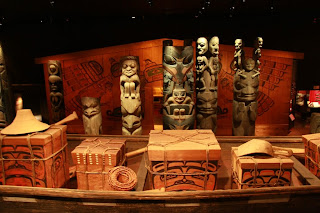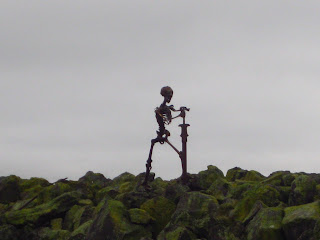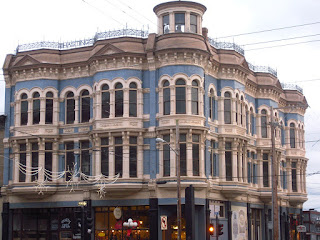
Ancestry.com offers customized books providing a historical look at your family surname. The books are called
Our Name in History. The innovative idea is that they send you a book customized for a name you specify. Sounds like a great idea, right? Well, it is sort of. It depends on where you are in your family history research and how much you want to know about your family. The bottom line is that these books are interesting from a high level point of view but can lead you astray in any sort of specific details about your family.
I recently received, as a gift, four of these books each customized for four last names of one of my parents. The names are Bruno, Orobello, Maiuri, and Vinti. I was eager to look at them and try to make sense of the data. The more I looked through the books however, the more I realized that I could draw really wrong conclusions given the data presented. I can say this because I already know a fair bit about the family members with these names.
Behind these books are “billions of historical records covering hundreds of years of history”. I’ve worked with enough data to know that it doesn’t mean much if you don’t have the right context or the data is not relevant. To Ancestry.com’s credit, they try to give context to the data, but they do it by pairing a very broad historic context on a specific subject (like marriage in the 1920s) with very specific family data (like which states had the highest divorce rates for people with the Bruno surname). Sounds fine, but looking at the percentages for the Bruno name I see very round numbers like 25%, 50% and 0% which leads me to suspect that the number of data points used was too small and they shouldn’t be saying anything at all about this subject.
I suspect that the creation of the books is highly automated and that no one is considering your family name specifically and choosing what goes into your book. Given this, it’s no mystery that an automated generation process with access to billions of bits of information can lead to weird results. In some cases the data is not even correct. For example, a table listing places of origins for the Bruno name lists Palermo and Naples as countries. You may say, oh an oversight, but if you can’t get the basics right, how can you trust other data?
It’s not all suspect. There are some tables and charts that are interesting. For example, a graph of the number of Bruno immigrant arrivals from 1820 to 1940 is interesting but only because there are enough data points to make the graph interesting. But, then again with another name, Maiuri, the graph looks like shark teeth – jagged – since it was dealing with 1 or 2 people immigrating sporadically. This was not a particularly useful graph. On the very same page there is a “most common days of arrival” for the Maiuri name. I learned that the they arrived mostly on Tuesday, Thursday and Monday. What does that tell me? That they were busy on weekends? Similarly useless is the killers of Brunos between 1850 and 1880:
trismus nascentium,
pyemia,
pleurisy,
cynanche,
consumption – with the cool part that these diseases got together and each decided to kill only 20% of the Brunos a piece. Very democratic diseases or general historic estimates?
The layout of the book are as so:
Introduction
A two page introduction to the book.
Historical Timeline
A two page spread of key events from 1840 to the present with callouts for facts about your family.
Family Facts
The bulk of each book’s content is in this section. The number of pages will vary from name to name. For the Bruno name it runs about 60 pages. For the Maiuri name, a less common surname, this section is just 44 pages. The difference in the number of pages is due to the fact that there may be no or little information to justify a particular section. For example, if there is no information for a section title Name Distribution in 1840, then your customized book will leave out that page or two.
This typical flow of content in this section of the book is one page of general information, e.g. one page on the voyage to America followed by another page (usually an adjacent page) where you’ll see a table listing the most common ship names that people with the specific surname arrived on.
Discover Your Family
The last 16 pages are about how to gather and organize information about your family. This section seems to be the same for all books. It’s fairly informative but not that much different from what you can find elsewhere other than it is all in one convenient location.
Additional Material
Two CDs. One is Our History in Images and the other is Family Tree Maker / Starter Edition. The first CD didn’t work on my laptop in Windows Vista. When I tried to autoplay a cryptic access violation message appeared. By drilling down into the CD I could see photos that I could browse, but was missing the context that the packaged viewer (viewer.exe) would provide. Too bad because it looked interesting.
Advantages of the book:
- The historical context is useful for those who are not acquainted at all with history or have not done any previous family history research.
- For someone well versed in his family history, the book could (with careful attention) help confirm or rule out some uncertain parts of his family history.
- The last section has resources and web sites all in one spot that can help you take the next step.
Disadvantages of the book:
- You won’t learn much of substance about your family unless you are forced to dig and hunt for information yourself. Sorry, there’s no easy way out. No pain, no gain. Reading relatively “high-level” information in a book like this doesn’t tell you the specifics of your family. Talk to people in your family – you’ll get more relevant information. Or, if there is no one to talk to there are loads of places to start looking (like cemetery records, naturalization records, city halls, etc.) – it just takes more effort.
- The production of these books is highly automated and data is crunched through algorithms to spit out these tables and graphs. It’s not all useful or relevant and at times the data presented can be misleading and give you a false feeling about “knowing” what your family was like.
- The book mingles nostalgic, misty-eyed immigration information with seemingly personalized information about a family name. I found the formula a bit calculated to use any sentiment of the larger story to gloss over they were lacking in concrete information.
Recommendation: If you are just starting out in family history research and you have money to spare, try one of these books for one surname. Compare information in the book about what you find out for yourself.


